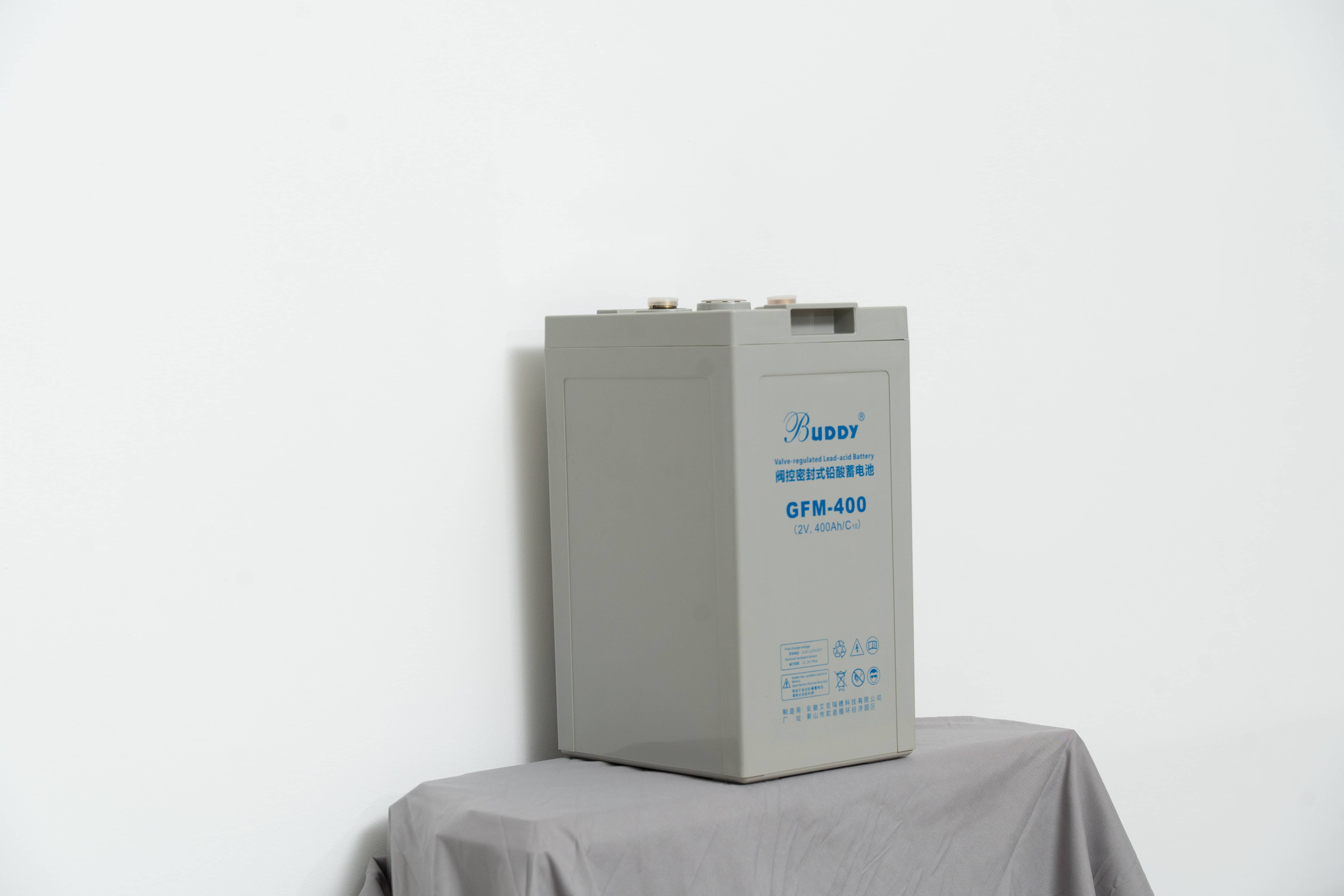Lead acid type batteries, also known as lead-acid batteries, are a widely used technology for storing and converting electrical energy. These batteries have been utilized in various applications, such as automotive starting, emergency lighting, and uninterruptible power supply (UPS) systems. In this article, we will delve into the specifications, applications, and environmental considerations of lead acid type batteries.

1. Specifications:
Lead acid type batteries are composed of electrodes made from lead, an electrolyte solution containing sulphuric acid, and a separator material to prevent the electrodes from coming into direct contact. The lead electrodes are typically grid structures, with the positive electrode (cathode) containing lead dioxide and the negative electrode (anode) containing pure lead or lead antimony.
The lead acid battery has a nominal voltage of 2V, although multiple cells can be connected in series to achieve higher voltage levels. These batteries have a wide operating temperature range, typically from -20°C to 40°C, which makes them suitable for various climatic conditions.
2. Applications:
Lead acid type batteries find applications in a diverse range of industries. One of the most common applications is in automotive starting systems, where they provide the necessary power to crank the engine. Additionally, these batteries are used in standby power systems, such as emergency lighting and UPS units, to ensure continuous operation during power failures.
Lead acid batteries are also extensively used in motive power applications, such as forklifts and electric golf carts. Furthermore, they are employed in renewable energy systems, such as solar and wind power installations, to store excess energy for use during periods of low generation.
3. Environmental Considerations:
While lead acid type batteries are a reliable and cost-effective energy storage solution, their production and disposal processes have environmental implications. The manufacturing of lead acid batteries involves the extraction of lead and other raw materials, which can have negative impacts on ecosystems and human health.
Moreover, the disposal of lead acid batteries is a significant concern. If not handled properly, the lead and acid components can leach into the environment, contaminating soil and water sources. This poses a risk to wildlife and human populations, as lead is a toxic substance that can affect the nervous system, kidneys, and cardiovascular system.
To address these environmental concerns, regulations and best practices have been established to ensure the safe handling, recycling, and disposal of lead acid batteries. Recycling programs aim to recover valuable materials, such as lead and plastic, from used batteries, thereby reducing the need for new raw materials and minimizing environmental impact.
Conclusion:
Lead acid type batteries have been a staple in the energy storage industry for many years, offering a reliable and cost-effective solution for various applications. However, their production and disposal processes present environmental challenges that need to be addressed through regulations and responsible recycling practices. By improving the efficiency of these batteries and implementing sustainable recycling methods, we can harness their potential while minimizing their negative impact on the environment.